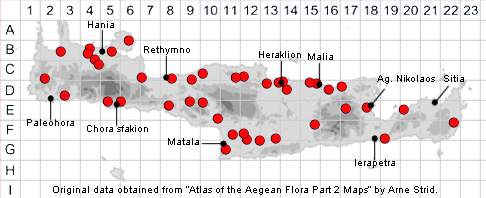
SPECIES DESCRIPTION
PORTULACA OLERACEA subsp. OLERACEA
Family and Genus:- See- PORTULACACEAE
Common Names:- Common Purslane, Green Purslane, Little Hogweed,
Purslane.
Homotypic Synonyms:- Portulaca aurea, Portulaca consanguinea.
Meaning:- Portulaca (L) A name used by the Roman naturalist and philosopher
Pliny, from a name porcilacca (cognate with purslane).
Oleracea (L) Of cultivation, aromatic.
General description:- Glabrous, somewhat succulent, herbaceous annual.
Stems:-
1) 5-25(-50) cm, fleshy, glabrous, procumbent to ascending, moderately branched.
Leaves:-
1) Alternate or subopposite, 5-25 mm, oblong to narrowly obovate, obtuse, with
small setaceous stipules.
Flowers:-
1) Solitary or joined together by 2-3 at the axil of the leaves.
2) Bracteoles, 2-3 at the base (sometimes regarded as a calyx).
3) Sepals, c. 4 mm, keeled, united into a short tube at the base.
4) Petals, 5, 6-8 mm, yellow, obovate, slightly united.
5) Stamens, 7-12.
Fruit:-
1) Capsule, 3-9 mm, obovoid; opening by a lid which is detached transversely;
2) Seeds, 0.5-1.2 mm, orbicular-reniform, usually black, shiny and conical-
tuberculate.
Habitat:- Seasonally damp spots in fields, gardens, roadsides, trampled flats and
other ruderal habitats. 0-400(-1100) m.
Distribution:- Throughout Greece. - C & S Europe and SW Asia, casual or
naturalised elsewhere. Fairly widespread on Crete. (probably introduced).
Flowering time:- Apr-July, occasionally at other times.
Photos by:- Steve Lenton
